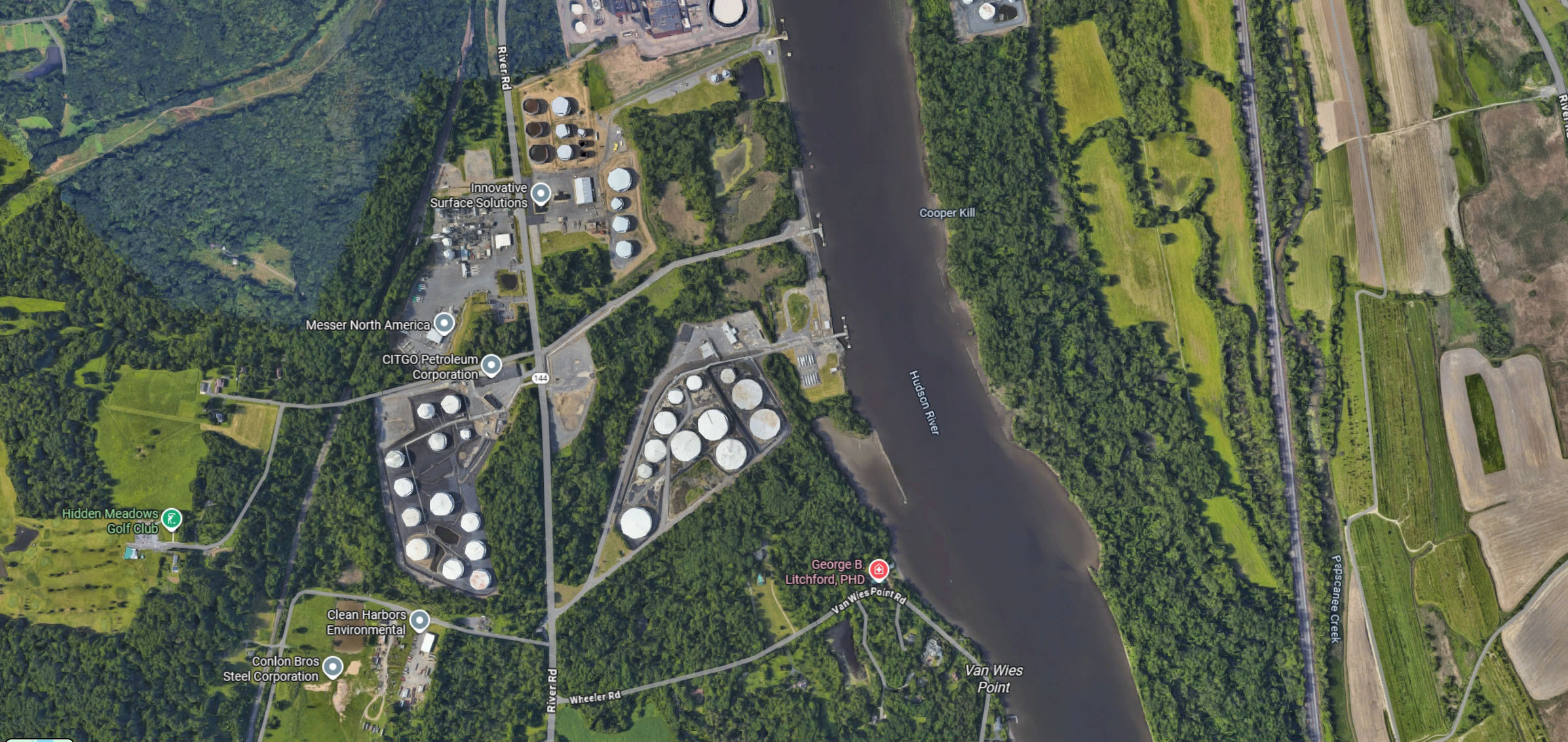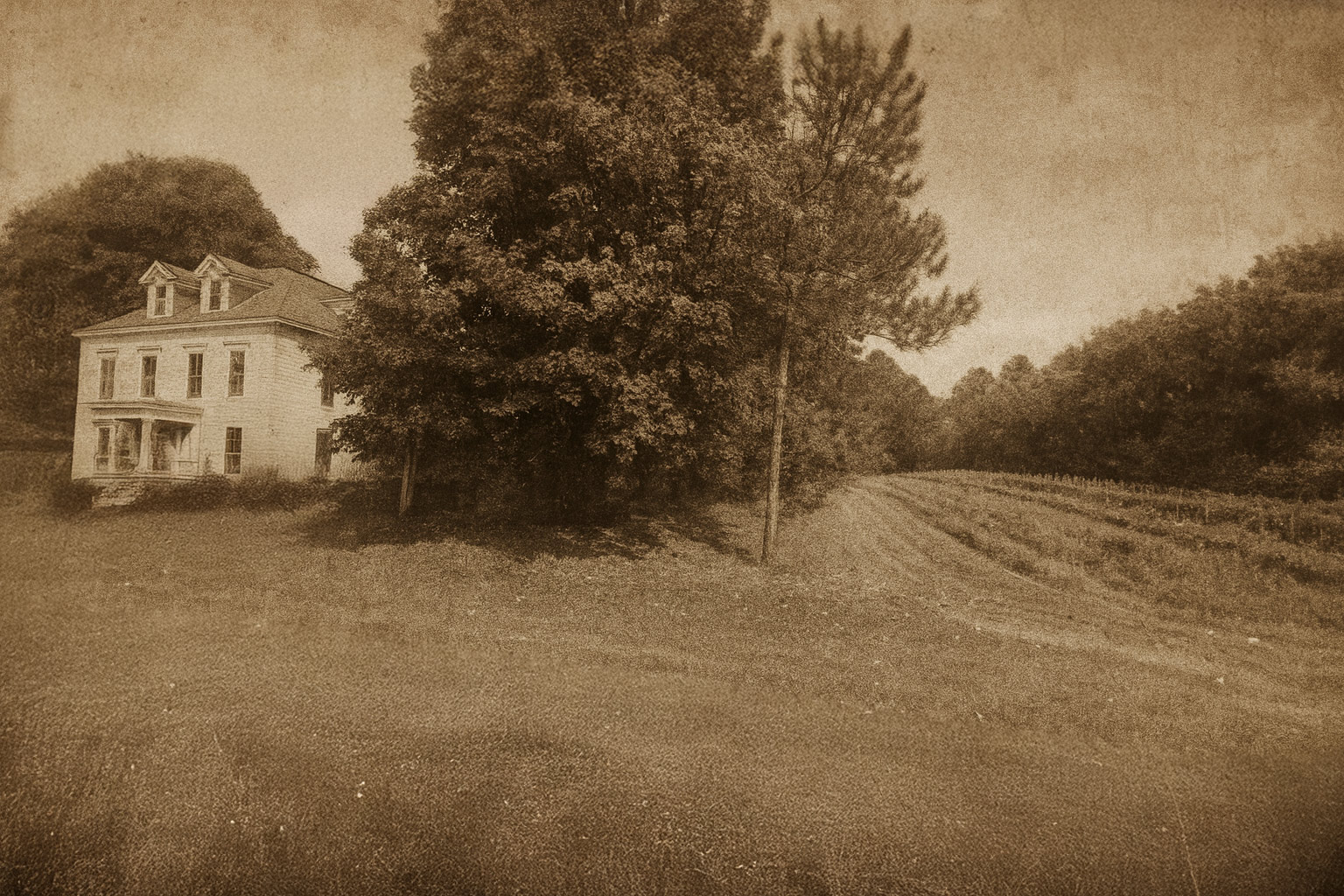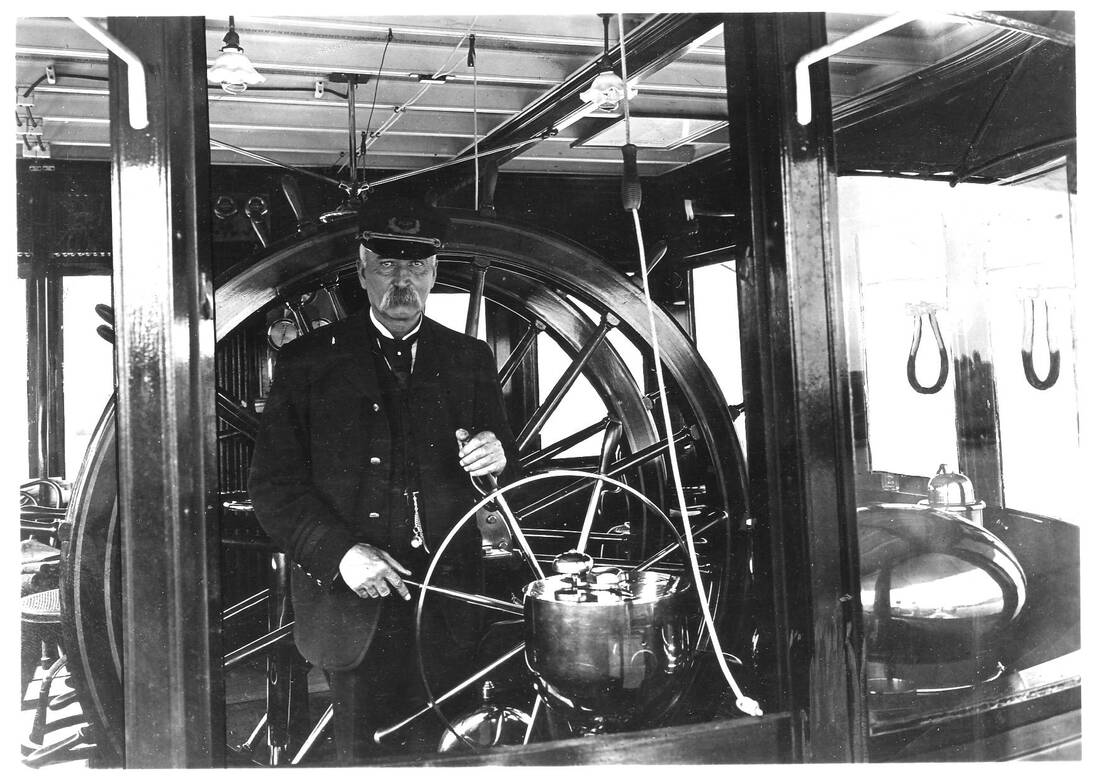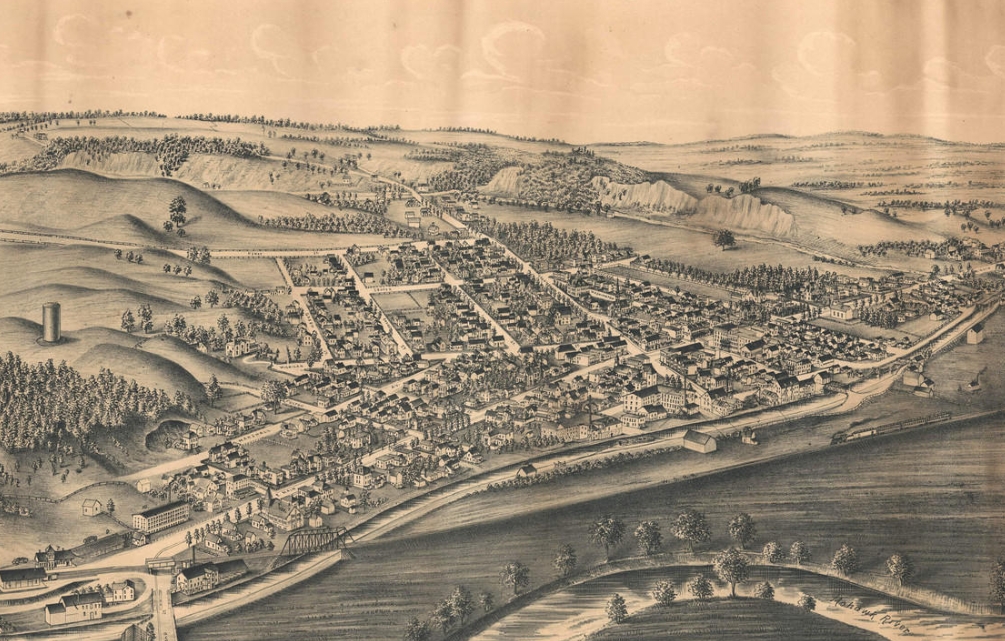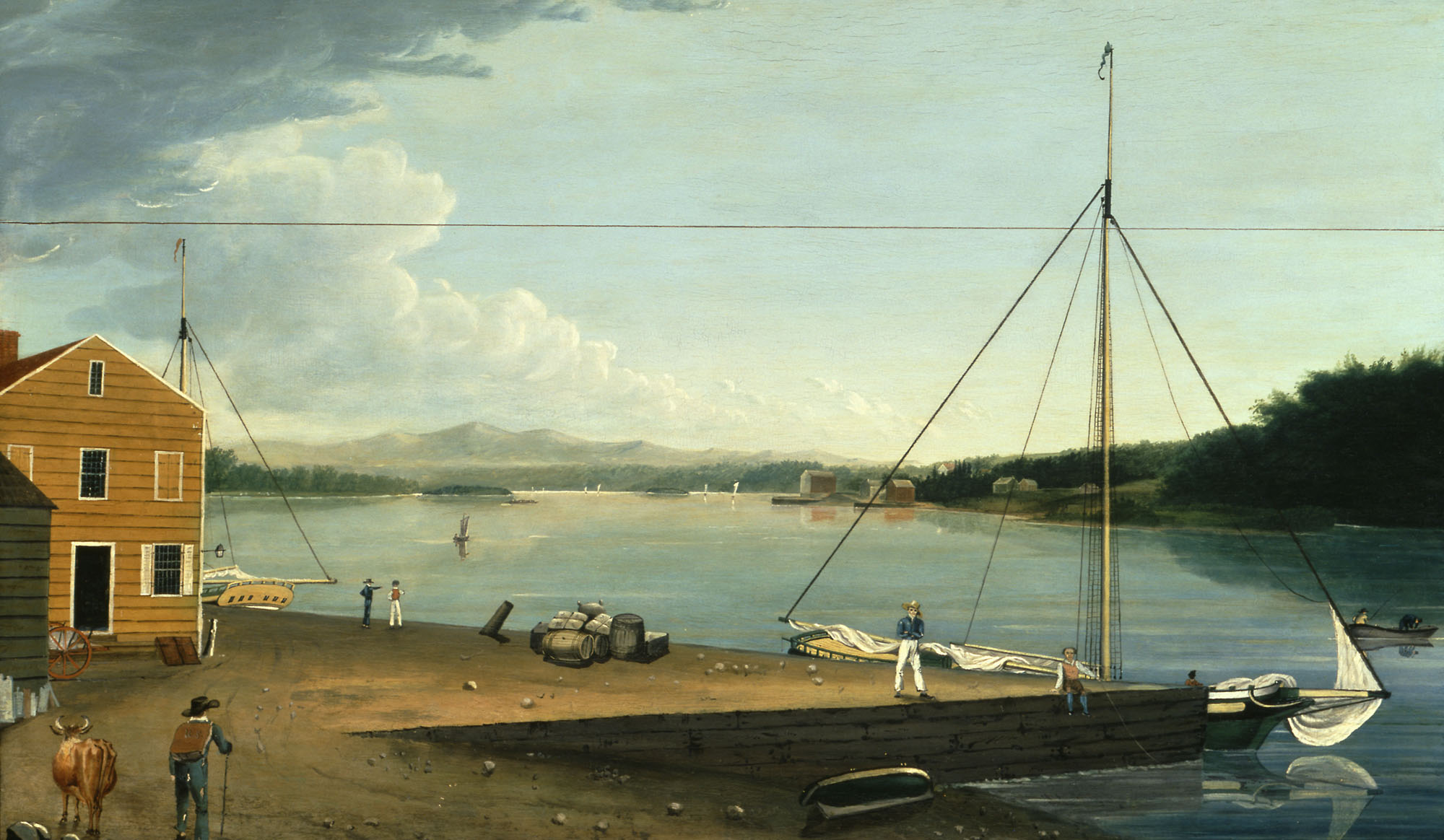On August 9, 1832, a historic moment unfolded in Schenectady, New York, marking the first train ride in America. This pioneering journey was made possible by the Mohawk & Hudson Railroad, which had received its charter in 1826. The railroad ran from Albany to Schenectady, a distance of 16 miles, and was a significant step in the development of American transportation.
The train, powered by the locomotive “John Bull,” imported from England, carried a weight of four tons. It featured two coaches, with John Hampson as the engineer and a small group of passengers, including the notable Billy Winne, the penny postman. The journey was far from modern standards—stationary engines were used at the tops of hills, and the train was hauled up by a strong rope, with brakemen manually controlling the descent to stop or check its progress.
Billy Winne, listed among the passengers, was a local figure known for his role as a penny postman, delivering mail for a small fee. His presence on this inaugural ride symbolizes the everyday people who witnessed and contributed to this new era. The passenger list also included other notable names like Lewis Benedict, James Alexander, and Major Megg, adding to the event’s historical richness.
This first ride, though slow and rudimentary, laid the groundwork for the expansive railroad network that would soon transform the United States. The Mohawk & Hudson Railroad’s success paved the way for further innovation, connecting communities and boosting economic growth. Billy Winne’s participation in this milestone journey remains a charming footnote in the annals of American history.



